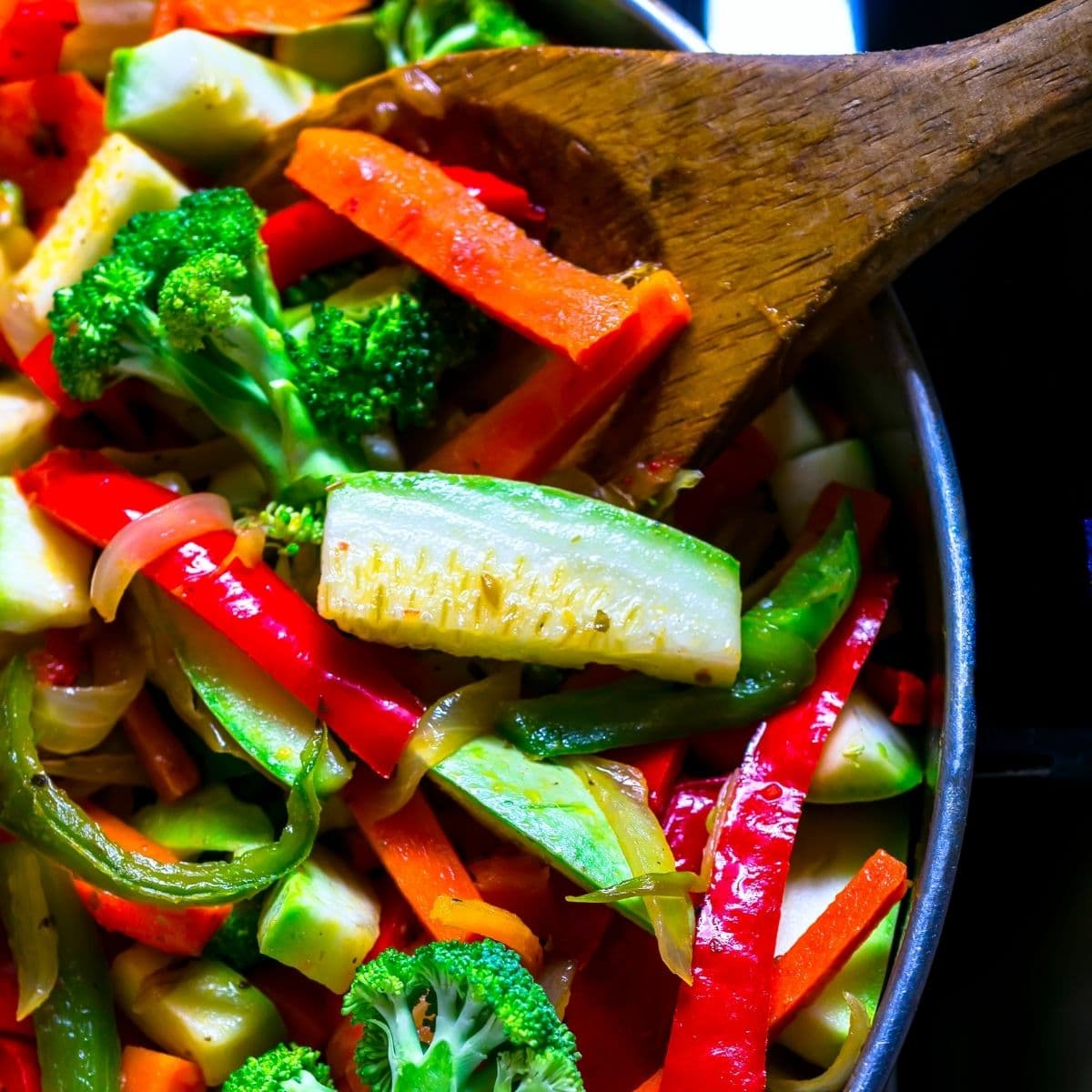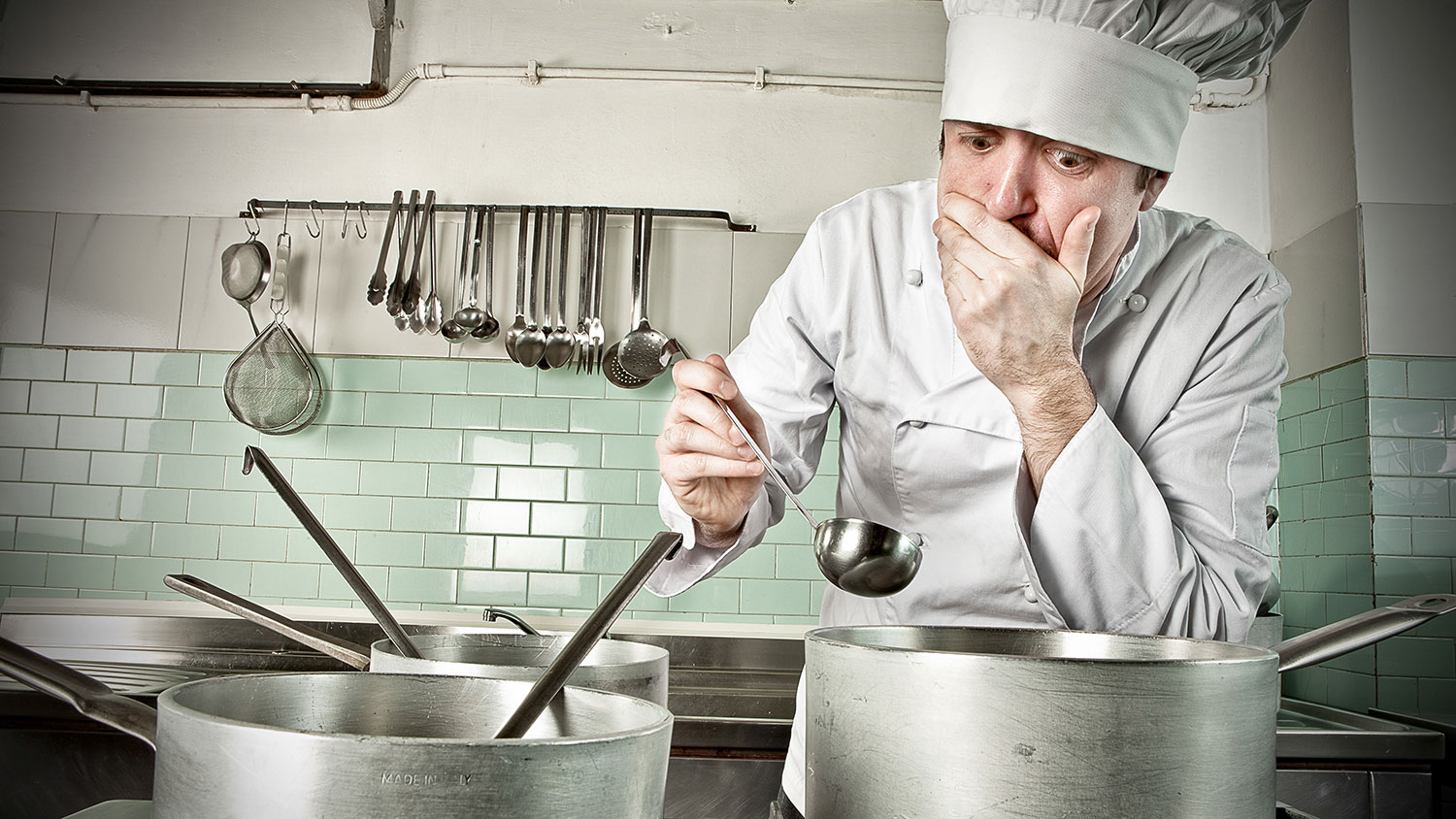
You can make sure your kitchen is safe by following a few simple steps. Besides the usual safety precautions like avoiding extension cords, not buying appliances that are broken and turning pot handles inward, you should also be aware of the potential hazards in the kitchen. These can include electrical fires as well as choking hazards. Keep reading for more safety tips in the kitchen. These are the best:
Fire hazards
The kitchen is one area that can be dangerous in your home. There are many kitchen hazards that can cause serious injury. Some accidents are avoidable, but others can cause serious injuries. With a few simple precautions, most kitchen injuries can be prevented. Always seek medical attention if you sustain an injury in the kitchen. Even if you think it is a minor injury, your body may have hidden an internal injury that could be invisible for days.
Electrical fires
These fires can often be unpredicted, but you can avoid them with some basic safety precautions. It is important not to overload an electric outlet. Also, avoid using water or other liquids close to heat-generating appliances. Do not plug appliances that can be used with liquids or water. Overloading outlets can cause dangerous conditions and even trip breaker.

Stoves
House fires are often caused by people leaving things unattended in the kitchen. People leave things cooking while they go out for the day or grab a quick catnap. It is important to ensure that you don't leave any items near the stove. You can also set a timer so that it doesn't take too long. Potholders can also be used to catch any packaging on the stove.
Choking hazards
Choking in the home can pose many dangers. Even small objects, children can choke on anything. Parents must be cautious about their children's safety. Make sure to check behind furniture, under furniture, or any other place where children can reach it. Parents must be aware of CPR and keep a cell phone handy for emergency situations. Choking hazards should not be visible. Childproofing cabinets and drawers is a good way to prevent children from choking in the kitchen. When children eat, parents should supervise them and cut food into pieces of half an inch.
Cross-contamination
Cross-contamination of food in the kitchen is a very common problem. Cross-contamination of equipment can lead to dangerous bacteria in food. Cross-contamination can be a serious problem, regardless of whether a machine is used to slice meats or make glassware. In 2008, a meat cutter was infected from listeria. Cross-contamination can sometimes be prevented in certain cases. There are still steps you can take to avoid cross-contamination in the kitchen.

Hand washing
Proper hand hygiene is an important part of food safety. Hand washing is essential for food safety. Employees must wash their hands often and frequently. It also requires careful training and the correct setup of hand-washing stations. Proper hand washing can significantly reduce cross-contamination and ensure a safer food production environment. Hand washing is essential for food processing plants' safety and health. This should be stressed in training and displayed prominently at the site. Hand washing will make the end product cleaner and more nutritious.
FAQ
What are some basic cooking skills?
Basic cooking skills include reading recipes, measuring ingredients, cooking safely and cleaning up afterwards. These skills are essential if you wish to cook well for yourself. Cooking can be a great way of saving money, as you don't need to go out to eat all the time.
How Long Does It Take to Be a Chef? What is the average career track?
Five years is required to become a professional chef. This time you'll learn the basics of cooking and work as a cook assistant. After your training is complete, you will be eligible to apply for a job as a sous chef, executive chef, or line cook. A chef can earn between $25,000 and $60,000 annually.
What skills are required to enter a culinary school?
To become a chef, you must be able to cook well, work under pressure, and understand food safety regulations. To learn how to cook, you should take cooking classes at your local high school or community college. After mastering the basics, you'll be able to apply for a job at a catering or restaurant.
Which method is best to learn how to cook?
Cooking is a skill that every person should learn. You will miss out on great meals if you don't learn how to cook. You must start by finding a recipe you enjoy and following it closely when you learn to cook. Next, practice making small tweaks to the recipe until the dish is your own. Try cooking for others. This will not only help you cook better, but it will also test your skills.
What should a beginner cook start with?
An easy dish to start with is pasta, rice, or soup. Learn how to cook with a recipe book, YouTube video or other resources. It's much more fun to cook with someone you know. Have a group of friends cook, or cook together.
Is there any difference between a chef or a cook.
A chef prepares food to be served to others. A cook prepares food for himself or herself. A chef, on the other hand, works directly with customers. They may need to make decisions about what they will serve to their guests based upon their preferences. A cook doesn't need to interact with clients. He or she makes sure that the food is delicious before serving it.
What are the health benefits of slow cooking?
Slow Cookers are very useful because they allow you to prepare delicious meals without wasting time. Slow Cooker Recipes are often healthier than traditional recipes because they require less oil and fat. Also, slow cooker recipes are easy to use because they do all the work while you sleep.
Statistics
- The median pay for a chef or head cook is $53,380 per year or $25.66/hour, according to the U.S. Bureau of Labor Statistics (BLS). (learnhowtobecome.org)
- You'll be amazed that over 90% of CIA students receive scholarships and grants to finish their culinary studies. (ischoolconnect.com)
- under 10 Kids have been taught that there is special food just for them, and Fiese says that 10 percent of kids will throw a tantrum if they don't get the food they want. (washingtonpost.com)
External Links
How To
How to make a perfect omelet
Omelets have always been a favourite food to eat for breakfast. How do you make them perfect? I've tried many recipes and different methods but none have worked. So today, I want to share some tips and tricks with you so you can make your own delicious and fluffy omelets every morning.
Before we start making omelets, let's remember that eggs are temperamental. Eggs must be purchased fresh, preferably organic, and kept chilled until ready for cooking. They must be kept cool, otherwise the whites will not form properly and the yolks may become runny. This causes your omelets to look oddly colored. If you intend to cook your eggs immediately, it's best to use room-temperature egg.
You can also separate the egg before you add it to the pan. The yolk and white should not be mixed together as this can cause the omelet's curdle.
The egg can burn if it is placed directly on the stovetop. Instead, heat the egg for 10 seconds in the microwave before placing it in the pan. The heat from the microwave cooks the egg just enough without overcooking it.
Let's now talk about mixing eggs. When you mix eggs together, you want to beat them well. Turn the bowl upside down and grab the whisk to do this. Then, vigorously shake the bowl. The egg will be thoroughly mixed in the bowl as the air is whipped.
Now it's time to have fun: pour the milk into the mixture. First, pour half of the milk into the beaten eggs and then fold the eggs gently into the remaining milk. You don't need to worry if streaks remain. They will disappear once you flip your omelet.
After folding the eggs fold the pan onto medium heat. When the oil starts to hot, wait for the pan to cook. Add 1/4 cup butter to the oil and swirl it around to coat all sides of the pan. Next, carefully open the lid and sprinkle salt into your pan. A pinch of salt will prevent your omelet from sticking in the pan.
Cover the pan once you have formed the omelet. Wait for the top to set. Flip the omelet with a spatula, or flip it upside down. Cook the opposite side for another minute. Remove the omelet from the pan and serve immediately.
This recipe works best using whole milk. Skimmed milk is also possible.